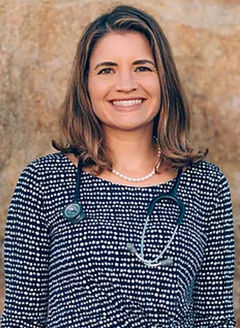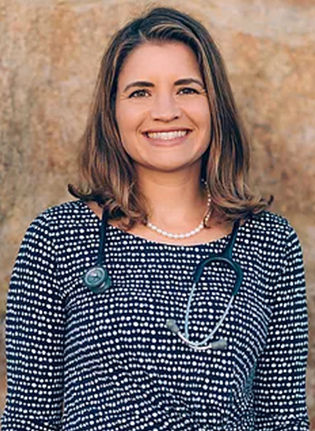
A person’s attitudes and health behaviors—what she eats, the amount and types of physical activities she participates in, her attitudes about what makes someone healthy or what is possible or important to accomplish—are strongly impacted by what are known as the social determinants of health.
The World Health Organization defines social determinants of health as “the conditions in which people are born, grow, live, work and age. These circumstances are shaped by the distribution of money, power and resources at global, national and local levels.” Family and friends, neighborhood and community, work and school, access to healthcare and policy factors all heavily influence a person’s ultimate health “choice.”
As a health and fitness professional, you may not be able to easily change a person’s social determinants of health, but an understanding and appreciation for these factors can make a substantial impact on the approach you take in helping a client make behavioral changes to improve health. One way to think about this is through what is referred to as the socio-ecological model, which shows that behaviors need to be considered in the context of multiple layers of influence (Figure 1).
Figure 1: The Socio-ecological Model

For example, consider a low-income individual facing a new diagnosis of obesity or prediabetes. Her doctor will tell her to eat more fruits and vegetables and be more physically active. But if she cannot afford to purchase healthy foods or has no access to a grocery store, and lives in an environment where it is not safe to exercise, following through on these recommendations may be very difficult, if not impossible. Consequently, she may continue the old behaviors, which may then lead to catastrophic health outcomes, including heart disease, diabetes, and the expensive and debilitating complications that accompany chronic disease.
In your role as a health and fitness professional skilled in coaching behavior change, how can you help?
- Make a concerted effort to reach more clients who may be negatively impacted by social determinants of health and do not have access to places to be active. This includes those from underserved and low-income communities. You might consider, for example, offering sliding-scale access to coaching or physical-activity programs by partnering with local community clinics, worksites or city parks and recreation centers.
- Deploy your skills in motivational interviewing and reflective listening to understand a client’s vision for the future and health-related goals, and then probe to better understand the challenges your client may face in reaching those goals. Work with the client to identify the most pressing challenges and strategies to overcome them. For example, a client with diabetes may identify that the stresses of caring for a sick spouse are so severe right now that she cannot think of anything else. While you may have thought your role was to help her begin an exercise program, your most meaningful impact could be helping connect her to community resources that will provide her respite care.
- Empower clients from underserved and at-risk communities to strengthen relationships with positive influencers. For example, start by asking clients to identify important people in their lives. Then label each as a “supporter” or “detractor” in helping the client make positive health changes. Help clients develop a plan to strengthen the relationship with the “supporters” and weaken the impact of the “detractors.” As part of this plan, identify strategies to connect with people who have been in a similar situation to this client and learn more about how they were able to overcome the challenges and make lasting changes to improve their health.
- Focus on the community’s assets. With each client, work hard to identify assets that the community already has available to the client to help support the positive behavioral change. While in many cases it may be easy to identify what the community is lacking, you may be surprised to find that communities often have assets available for a client to seek out. It often is a matter of knowing that these resources exist and how to use them. For instance, most communities have a resource line called 2-1-1 that a community member can call and be connected to various services that are locally available. Not only is this a good resource to share with clients, it also can be a valuable partner in an effort to learn more about a community’s assets and potential partners who can help support making the healthy choice the easy choice.





 by
by 



